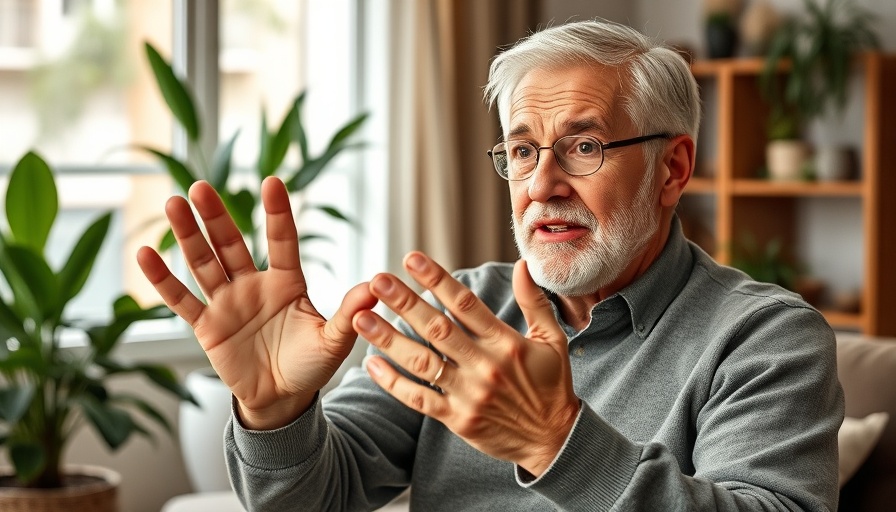
The Language of Attraction: What Your Body Says
Understanding how to read body language can be an essential skill for everyone, including parents teaching their children about relationships. Body language is the non-verbal communication that reveals feelings and intentions through gestures and movements. It plays a significant role in attracting or showing interest in someone. Here are some female body language signs of attraction that can help you understand how someone might feel.
Signs of Interest
When a woman is attracted to someone, her body may send subtle signals. One common sign is leaning in closer during a conversation. This shows engagement and interest. Additionally, playing with hair or adjusting clothing can indicate nervousness and desire for connection. A bright smile can convey warmth and openness, making it an essential sign of attraction. Remember, it's important to consider the context!
The Importance of Context
Body language should never be read in isolation. For example, a woman adjusting her hair could simply mean she wants to feel comfortable. If observed in a relaxed setting, this sign may hold more significance than in a crowded environment. Parents should teach their kids to look for multiple signals rather than jumping to conclusions based on one action.
Building Relationships Through Understanding
Understanding body language is more than just spotting signs of attraction. It's about fostering respectful and healthy relationships. When teaching your children about these cues, emphasize the value of mutual respect and consent. Ensuring that both parties are comfortable and interested is critical in any interaction, whether in friendships or romantic pursuits.
Tips for Teaching Body Language
To help instill these lessons, consider role-playing scenarios with your kids. They can practice recognizing body language in themselves and others. Encourage them to describe how they feel when they interact with friends or family members. This can enhance their emotional literacy and awareness.
Encouraging Healthy Communication
Effective communication goes hand-in-hand with understanding body language. Teach your children to express their feelings openly. Encourage them to talk about what they want and to actively listen when others speak. This can help them build strong, respectful relationships as they grow. Communication is key, whether they are navigating friendships or potential dating experiences.
Bonding Over Shared Experiences
As parents, sharing experiences can strengthen the connection you have with your children. Watch movies or shows together that explore relationship dynamics, and discuss the characters' body language together. This not only makes learning fun but also provides valuable lessons on interpersonal skills.
Summarizing the Signs
Recognizing female body language signs of attraction can empower your children to navigate their social landscapes more confidently. Understanding the nuances of body language can help them foster meaningful relationships in the future. Encourage them to think critically, look for multiple signs, and always prioritize respect and clear communication in their interactions.
By teaching these principles, we can guide the next generation in building healthy relationships. So next time you observe a friend, family member, or even a movie character, recognize the language their body speaks!
 Add Row
Add Row  Add
Add 




Write A Comment